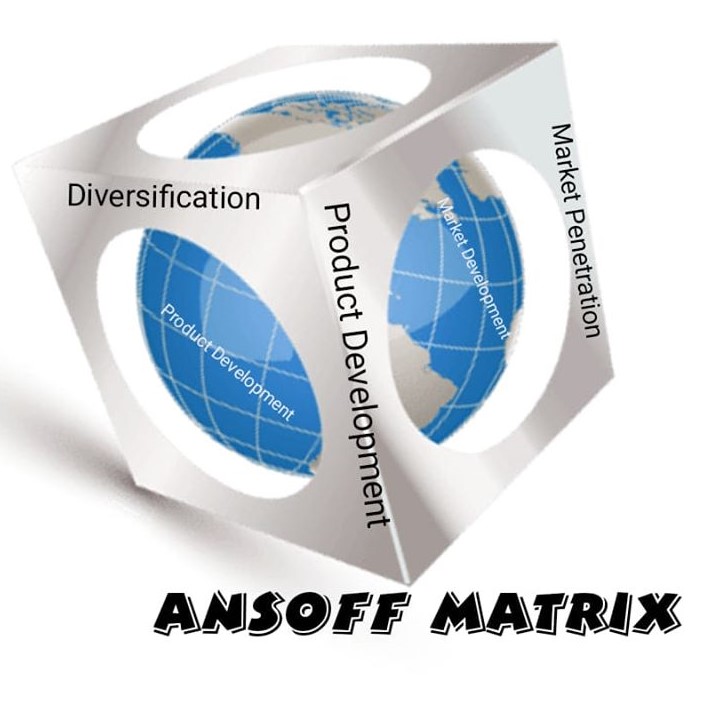Nike was established by Bill Bowerman and his student Phil Knight in 1964. The first name of the company was Blue Ribbon Sports. The headquarter of the company is located in Beaverton Oregon. In 1966, the sports company opened its first retail store and introduced Nike Shoe product in 1972. The preliminary article is based on the Ansoff Matrix analysis of Nike, which is discussed below.
Product Development
When the organizations decide to bring innovative products for their existing customers through changing designs, product features or characteristics, to retain existing customers then it means a firm is using an intensive growth plan through product development. It is the primary growth plan for Nike. Product development deals with the innovation of the latest goods to increase the profit income of the firm and is involved in this intensive growth plan. For instance, the mission statement of Nike focuses on the execution of new and innovative product features like unique and different designs of shoes. Modern techniques increase the number of goods and keep them apart from market rivalry. Despite fluctuating buying behavior of the consumer the value and attractiveness of new products remain the same. Therefore, the product development strategy of Nike supports its generic competitive strategy of differentiation. The main objective of this intensive growth plan is to expand the market share of Shoe Company by integrating the latest technologies in the design and quality of its sports shoes (Gregory, 2017).
Market Penetration
When a firm uses an intensive growth plan to penetrate the market by producing the same product in the same market and market segment but at different price levels then it is called market penetration. It is the secondary growth plan executed by Nikes to penetrate the existing market. This strategy helps in generating large profits on sales. For example, the market penetration strategy of Nike is to distribute more and an extensive number of athletic shoes to American customers. Although, due to having a leading position in the global shoe market, penetration strategy is considered a secondary plan of Nike. The company is penetrating the competitive market through various other manners like the cost leadership strategy of a firm has extended its market penetration due to reasonable productivity. The major objective of this strategy is to grow market share. Nike is selling its shoes and bags at a very low price and customers are always attracted to the low price. In this way, more and more customers are buying their product that increases the market share of a company. Furthermore, the financial goal of the company is to expand its revenues and income through a large number of sales (Davis, 2005).
Market Development
It is the most profitable strategy of a company because it helps to expand the company’s growth by focusing on different markets and its segments. Such as, Nike is planning to open its shoe retailing shops in Africa and the Middle East to generate more profit through sales. Additionally, market development strategy is executed by a firm through the production of modified and innovative products in new markets to involve in new market segments like the production of goods and services for bodybuilders. However, the growth of a company can be determined through a worldwide market saturation of Nike shops. It has also been observed that intensive growth plan is playing a vital role in the financial, demographical and geographical growth of a firm. Whereas, a generic competitive plan of differentiation supports the company to interfere in the fresh market by producing attractive products. The strategic objective related to market development is to generate revenues by entering into new markets of Africa and the Middle East (Saxena,2019).
Diversification
It deals with the introduction of new products and services in a new market to reduce and recover losses. The least important growth strategy for Nike is Diversification. This plan is based on the production of new products into new markets to endeavour business but Nike has already executed this strategy at the beginning of the business operations like the development of apparel and sports goods in the product Mix. In earlier times, the production of the company was based only on sports shoes. The competitive generic plan of differentiation for Nike can be supported by diversification. The major goal of this strategy is to reduce the chances of financial risks by entering into new markets (Gregory, 2017).
References
Davis, J. (2005). Competitive Success: How Branding Adds Value (5th ed.).
Grogery, L. (2017). Nike Inc. Generic Strategy & Intensive Growth Strategies.
Saxena, D. (2019). The Ansoff Matrix – identify your next growth strategy.
